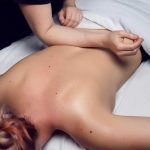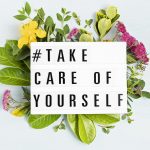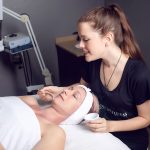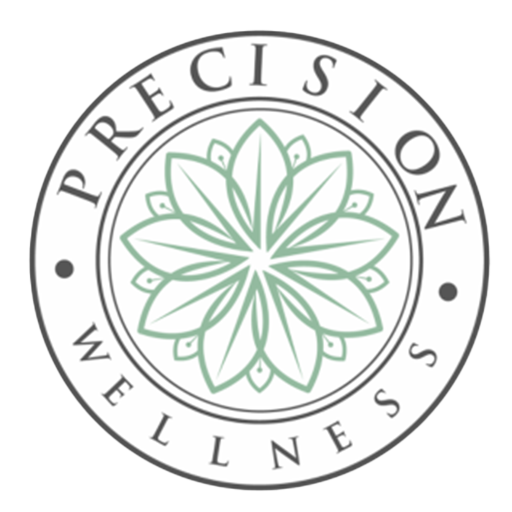Learn How Regular Massages Can Help You
Therapeutic massage offers many potential health benefits including increased blood flood and circulation, decreased tension in the muscles, and increased endorphin levels. These benefits are helpful in the healing process by bringing nutrition to muscles and easing anxiety to reduce pain and speed recovery. However, one session of therapeutic massage may not be enough. Routine therapeutic massages can have significant additional benefits.
Benefits Of Massage Therapy
Massage can combat the negative symptoms stress can cause in our lives. The physical changes massage brings to your body are not limited to increasing relaxation and decreasing anxiety, lowering your blood pressure, increasing circulation, improving recovery from injury, helping you to sleep better, and increasing your ability to concentrate. Learn more about the benefits of massage on your mind, body, and soul.
Massage Is Great For Athletes & Surgery Patients
Prevent Injury
Massage can be a very powerful asset for preventive care. By seeing a massage therapist regularly, you can prevent minor skeletomuscular injuries from becoming major problems that could lead to loss of mobility or flexibility later in life. Therapeutic massage specifically works to lengthen muscles that are stuck in a pattern of chronic shortening. If you’re worried about the cost of regular massage sessions, consider how costly prescription drugs, doctor visits, and surgeries would be. The cost of prevention may be better than the cost of a cure.
Reduce Recovery Time
Massage helps recovery from soft tissue injuries such as sprains and strains. Tissue growth and repair are accelerated by efficient circulation and appropriate stimulation, making massage a great option for injury recovery and treatment.
Make Your Workouts More Effective
Massage can increase endurance, speed up recovery time, control fatigue, and help people feel better when used as part of a regular health program. By helping rid your body of waste, massage enables more productive training, with longer, more effective workouts. Massage helps prepare for strenuous workouts and eliminates subsequent pains of the athlete at any level.
Make Surgery Recovery Easier
Massage reduces post-surgery adhesions and edema and can be used to reduce and realign scar tissue after healing has occurred. Massage can also improve range of motion and flexibility, aiding in the recovery process. For those with a restricted range of motion, massage provides exercise and stretching for atrophied muscles and reduces muscle shortening.
How Massage Can Improve Your Overall Health
Improve Posture
Poor posture often develops over time as a compensation related to joint and muscle discomfort. Routine therapeutic massage combats this by loosening muscles. Massage provides relaxation for joints, allowing the body to return to its natural position.
Promote Circulation & Lymphatic Flow
Massage increases lymph circulation. Lymph is a fluid that rids body tissues of impurities and waste, and is dependent on the squeezing effect of muscles. An active person has better lymph flow than an inactive person.
Therapeutic massages help blood, lymph, and other essential body fluids to flow throughout the body, affecting your largest organ: the skin! Blood carries oxygen and nutrients to organs and muscles within the body for optimal functioning. A regular massage routine could help lower blood pressure, potentially preventing chronic illnesses. Massage also stimulates the flow of lymph, the body’s natural defense system, against toxic invaders. For example, in breast cancer patients, massage has been shown to increase the cells that fight cancer.
Naturally Strengthen Your Immune System
Therapeutic massages can help boost your immune system by increasing the activity level of the body’s defensive cells. Routine massage treatments promote the body’s ability to naturally fight bacteria and infection. If you are always getting sick, or just tend to feel “under the weather” more than most people, a regular massage routine might help you bounce back.
Treat Migraine With Massage
Endorphins, the body’s natural painkiller, is used in chronic illness, injury, and recovery from surgery to control and relieve pain. Targeted massage techniques, including TMJ massage therapy, help alleviate muscle tension and reduce pressure associated with migraines. By focusing on the neck, shoulders, and jaw, targeted massage therapy can address common migraine triggers at the source.
Massage For Pregnant & Elderly Patients
Shorter, Easier Labor For Expecting Mothers
Massage can shorten labor for expectant mothers, as well as lessen the need for medication, reduce the chances for postpartum depression and anxiety, and shorten hospital stays. Targeting common discomforts like back pain, swelling, and fatigue, and promoting relaxation, pregnancy massages can help you feel more comfortable as your body adapts.
Massage Is Great For Older Adults
Massage knows no age limits. It works wonders on young, old, and in between. It can be helpful to the elderly who are looking for relief from the physical effects of aging which can include: thinner and drier skin, reduced tissue elasticity, loss of mobility, slower nervous system response, decreased bone mass, sleeplessness, constipation, and a less efficient immune system.




